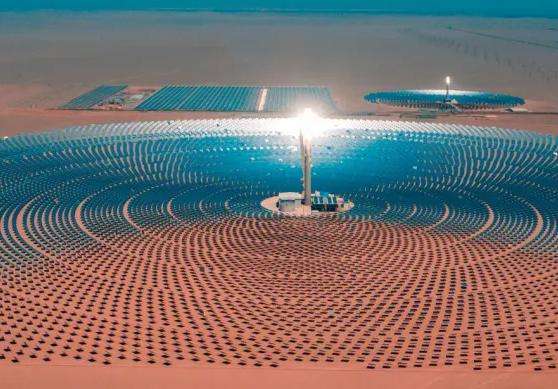Educational videos on the role of wind can start with the following aspects:
1. The wind can blow sailboats and help people walk. In particular, transportation in ancient times relied mainly on ships. Li Bai's poem "Traveling is Difficult" contains a poem: "There will be strong winds and waves, and the clouds and sails will rise to help the sea."
2. The wind will chase away the dark clouds and bring us sunshine. When dark clouds block the sun, it is the wind that blows them away, allowing the sun to fill the earth again.
3. The ancients used windmills to water crops.
4. In the hot summer, the wind brings us coolness.
5. Now people have also learned to use wind power generators to generate electricity. It is a non-polluting, clean and renewable energy.THE.
6. Wind-blown clouds can promote the exchange of dry, cold, warm and humid air, mix and balance a wide range of heat and water vapor, and regulate the temperature and humidity of the air. air. This is what the ancients said: “The clouds turn into rain, and the dew turns into frost. Wind can send clouds and rain to distant locations, completing the water cycle on earth.
7. The wind will blow the flowers and help the plants spread. We understand that the propagation of many plants depends on the power of the wind. The so-called "peach blossoms and elm pods have no ingenuity, they can only solve the problem of snow flying in the sky." They depend on the power of the wind.
Wind is a natural phenomenon caused by the movement of air, caused by the heat of solar radiation. Sunlight shines on the surface of theearth, causing an increase in surface temperature. The air on the surface expands under the influence of heat, becomes lighter and rises. Once the warm air rises, the cold, low temperature air enters laterally. The rising air gradually cools, becomes heavier and becomes smaller. The higher surface temperature heats the air and causes it to rise.














